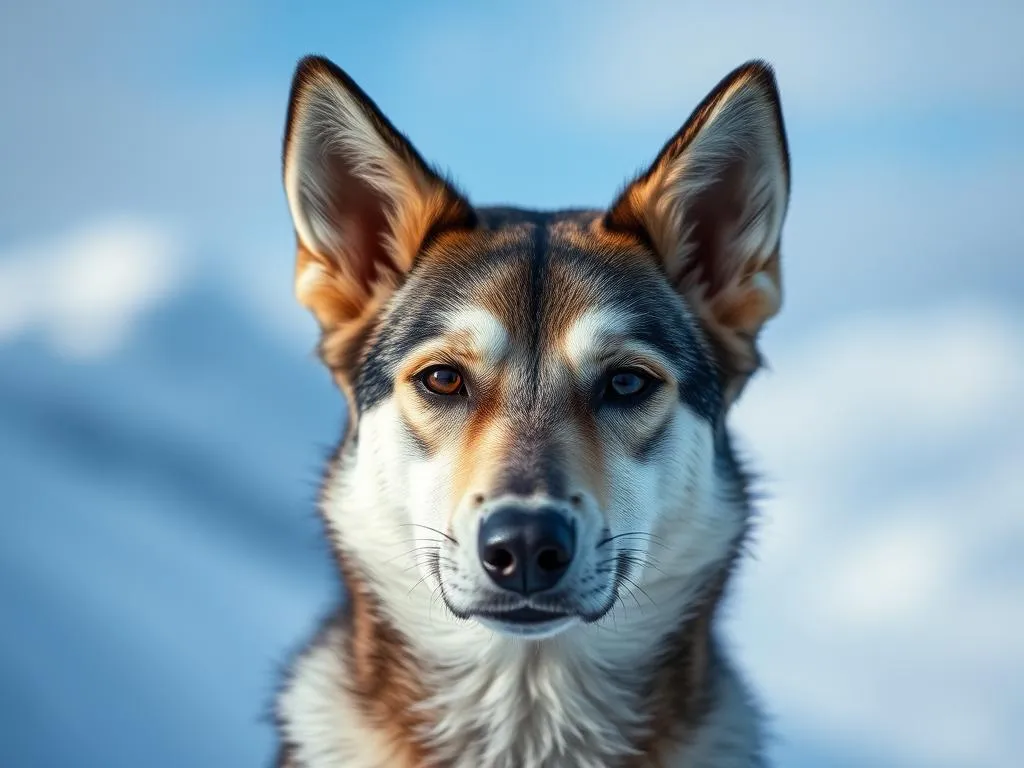
Introduction
Dog breeds hold a significant place in our lives, offering companionship, protection, and love. Each breed comes with its own unique characteristics, history, and temperament. Among these fascinating breeds is the Alaskan Klee Kai, a strikingly beautiful dog that captures the hearts of many. This breed, known for its resemblance to the Alaskan Husky, boasts an intriguing origin and has gained popularity in various dog communities.
The Alaskan Klee Kai was developed in the 1970s to create a smaller version of the Alaskan Husky, making them more suitable for family living. Their playful and energetic nature has led to a growing fan base across the globe. This article aims to provide comprehensive information about the Alaskan Klee Kai, including its history, characteristics, care, training, and more.
Understanding Dog Breeds
What is a Dog Breed?
A dog breed is a specific group of domestic dogs that have a distinct set of characteristics, such as appearance, behavior, and purpose. These traits are often influenced by a breed’s history and the environment in which it was developed. Understanding breed characteristics is essential for potential dog owners, as it helps match the right dog to the right home.
Classification of Dog Breeds
Dog breeds are typically classified into various groups based on their purpose and attributes. Common classifications include:
- Working Group: Dogs bred for tasks like guarding and pulling sleds.
- Herding Group: Breeds that help herd livestock.
- Toy Group: Small breeds often kept for companionship.
- Sporting Group: Dogs trained for hunting and retrieving.
The Alaskan Klee Kai falls into the working group due to its origins as a sled dog and its energetic disposition. However, its size and temperament also make it suitable for family life, blending characteristics from different groups.
Alaskan Klee Kai Overview
History and Origin
The Alaskan Klee Kai was developed in Alaska by Linda Spurlin in the late 20th century. She aimed to create a smaller companion dog that retained the striking appearance and personality of the Alaskan Husky. By selectively breeding smaller huskies and other small breeds, such as the American Eskimo Dog, she successfully established the Alaskan Klee Kai.
This breed quickly gained recognition and has become a popular choice among dog lovers, particularly for those who enjoy an active lifestyle.
Breed Characteristics
The Alaskan Klee Kai is known for its compact size and wolf-like appearance. Here are some key characteristics:
- Size: Ranges from 10 to 17 inches in height.
- Weight: Typically between 10 to 25 pounds, depending on size classification (toy, miniature, or standard).
- Coat: Double-coated with a dense undercoat, available in a variety of colors including black, grey, red, and agouti.
- Temperament: Intelligent, energetic, and alert with a playful demeanor.
The average lifespan of an Alaskan Klee Kai is around 12 to 16 years. However, like many breeds, they can be prone to certain health issues, including patellar luxation and eye disorders, making regular veterinary care essential.
Care and Maintenance of Alaskan Klee Kai
Nutrition
Providing a balanced diet is crucial for the health of your Alaskan Klee Kai. High-quality commercial dog food that lists meat as the first ingredient is recommended. Here are some feeding guidelines:
- Puppies: Feed 3-4 times a day with puppy-formulated food.
- Adults: Transition to 2 meals a day, ensuring a mix of protein, fats, and carbohydrates.
Common dietary issues can include obesity and allergies. Regularly monitor your dog’s weight and consult your veterinarian if any concerns arise.
Grooming
The Alaskan Klee Kai requires regular grooming to maintain its beautiful coat. Here’s a quick grooming breakdown:
- Brushing: Brush at least once a week, more frequently during shedding seasons to manage loose fur.
- Bathing: Bathe every few months or as needed to keep the coat healthy.
- Seasonal Considerations: They shed more during warmer months, so increased brushing may be necessary.
Exercise Requirements
This breed is highly energetic and requires substantial daily exercise. Aim for:
- Daily Walks: At least 30-60 minutes of walking.
- Playtime: Interactive play sessions, such as fetch or agility training.
Engaging in physical and mental activities will help keep your Alaskan Klee Kai healthy and well-behaved.
Health Care
Regular veterinary check-ups are vital for maintaining your Alaskan Klee Kai’s health. Common health issues to be aware of include:
- Patellar Luxation: A condition where the kneecap dislocates.
- Eye Disorders: Such as cataracts or progressive retinal atrophy.
Staying proactive about health care can help catch potential issues early.
Training and Socialization
Basic Training
Training your Alaskan Klee Kai can be rewarding but requires patience and consistency. Here are some effective training techniques:
- Positive Reinforcement: Use treats and praise to encourage good behavior.
- Consistency: Ensure everyone in the household uses the same commands and rules.
Common commands to teach include:
- Sit
- Stay
- Come
- Leave it
Socialization
Early socialization is crucial for an Alaskan Klee Kai. Expose them to various environments, sounds, and people to build confidence. Here are some tips for effective socialization:
- Puppy Classes: Enroll in a puppy training course to help with social skills.
- Playdates: Arrange playdates with other dogs and supervised interactions with children.
Proper socialization can help prevent behavioral issues down the line.
Living with an Alaskan Klee Kai
Ideal Living Environment
Although Alaskan Klee Kai are adaptable, certain living conditions are more suitable for them. Here are some considerations:
- Space Requirements: They thrive in homes with space to roam but can adapt to apartment living if given enough exercise.
- Climate: They are better suited for cooler climates due to their thick coats.
Compatibility with Families
Alaskan Klee Kai can be excellent companions for families, especially those with older children. Their playful nature makes them enjoyable for kids, but supervision is always recommended.
They can also interact well with other pets, especially if socialized early. However, they may exhibit prey drive due to their heritage, so caution is advised around small animals.
Behavioral Traits
While the Alaskan Klee Kai is generally well-behaved, some common behavioral issues may arise:
- Barking: They may bark to communicate or express boredom.
- Separation Anxiety: This breed can become attached to its family and may experience anxiety when left alone.
Managing these behaviors involves providing plenty of exercise, mental stimulation, and training to ensure a balanced and happy dog.
Choosing an Alaskan Klee Kai
Finding a Reputable Breeder
If you’re considering adding an Alaskan Klee Kai to your family, finding a reputable breeder is essential. Look for:
- Health Testing: Ensure the breeder conducts health tests on their breeding dogs.
- References: Ask for references from previous puppy buyers.
- Environment: Visit the breeder’s facilities to see the living conditions of the dogs.
Adoption Considerations
Adopting an Alaskan Klee Kai can be a fulfilling experience. Many rescue organizations and breed-specific rescues work to find homes for these dogs. Benefits of adopting include:
- Saving a Life: Providing a home for a dog in need.
- Lower Costs: Adoption fees are usually less than purchasing from a breeder.
Consider checking local shelters and rescue groups focused on the Alaskan Klee Kai.
Conclusion
The Alaskan Klee Kai is a remarkable breed that combines beauty, intelligence, and a playful spirit. With their rich history and distinct characteristics, they make excellent companions for those willing to meet their exercise and care needs. Researching and understanding the breed is crucial for potential owners to ensure a harmonious relationship. Owning an Alaskan Klee Kai can bring immense joy and companionship, making it a rewarding experience.
FAQs
-
What is the average cost of an Alaskan Klee Kai?
The cost typically ranges from $1,500 to $3,000, depending on the breeder and location. -
Are Alaskan Klee Kai good with children?
Yes, they can be great with children, especially if socialized early and properly trained. -
How much exercise does an Alaskan Klee Kai need?
They require at least 30-60 minutes of exercise daily, along with mental stimulation. -
What are the common health issues in Alaskan Klee Kai?
Common health concerns include patellar luxation and certain eye disorders, making regular vet check-ups essential.









